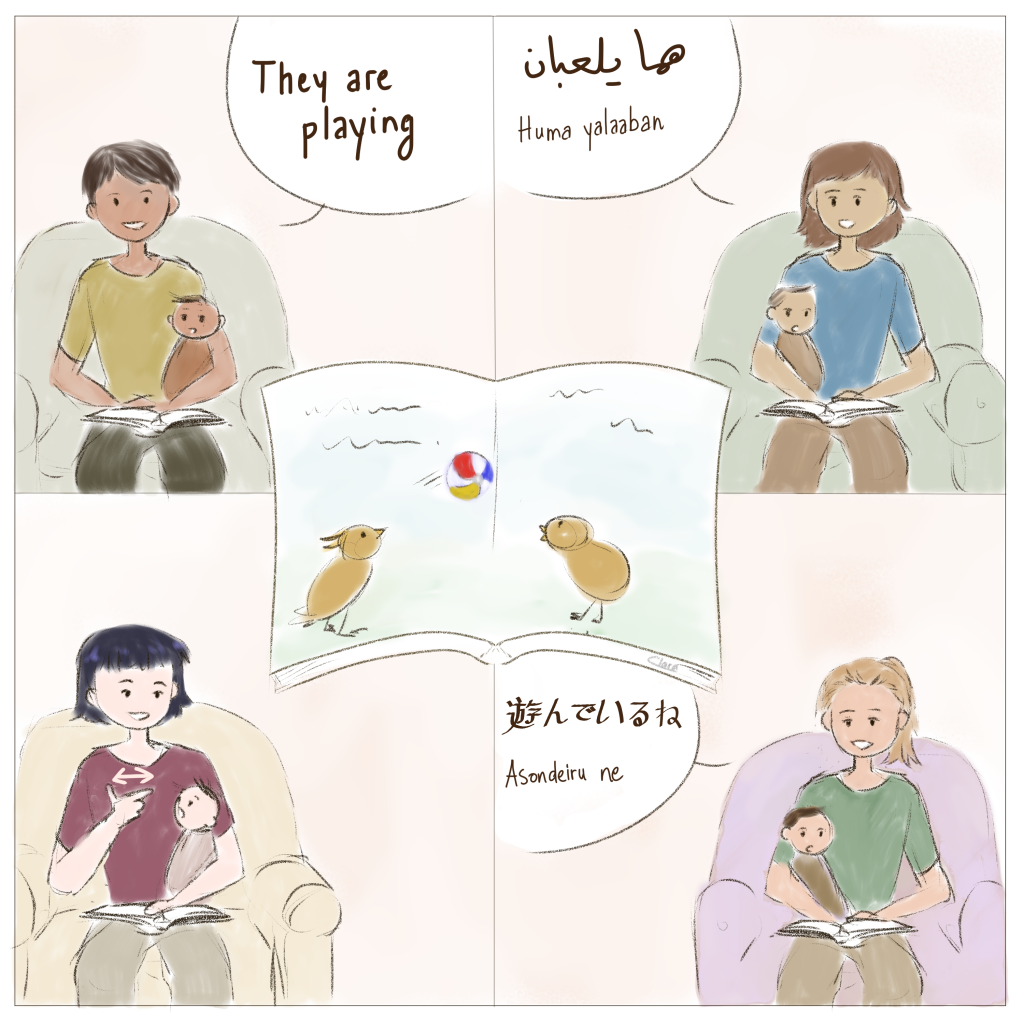Are some languages more difficult to learn than others?

There are over 6000 languages across the world, each different from the next. Yet, children can learn any of these languages, along a similar timeline.
Each language has its own words for things. A child learning Japanese will have to learn that ‘niwatori’ refers to chickens, and a child learning French that ‘poule’ refers to chicken.
But languages can differ far more than in how they call things.
Languages can express ideas in different ways. Some languages, for example, have singular and plural pronouns (for example, ‘it’ and ‘they’). Others also have dual pronouns. For example, in Arabic, ‘huma’ (هما) would refer to two chickens and ‘honna’ (هن) to three or more chickens. Some others have triple and quad pronouns and some do not require the use of a pronoun at all!
A child learning English, Arabic, Japanese, or French Sign Language will have to learn each language’s specific way of referring to a group of two. In English, they will learn to use the plural pronoun ‘they’. This pronoun can be used for any group of two or more.
English
They are playing
In Arabic, they will have to learn to use the dual pronoun ‘هما’. This pronoun can only be used for a group of two.
Arabic
هما يلعبان (Huma yalaaban)
(They-two play)
In French Sign Language, they will have to learn to use the dual pronoun, where the thumb and index finger are extended. This pronoun can only be used for a group of two. There are also triple and quad pronouns in FSL.
French Sign Language
The thumb and index extended on one hand, as the hand moves back and forth to the left and right. Then, the thumb and pinky extended on both hands, as both hands move in a circular motion.
(They-two play)
In Japanese, it is not necessary to use pronouns, so they will have to learn that they can just say the verb (without a pronoun)!
Japanese
遊んでいるね (Asondeiru ne)
(Playing)
To better understand how children learn a language, scientists try to study the phenomena in as many languages as possible. There is a wonderful international initiative where the same studies are run all across the world. This way scientists can learn about how children learn any language, and not just how they learn one specific language like English.
Join us next time to read about how children learn any number of languages!
The scientific source for our comic:
